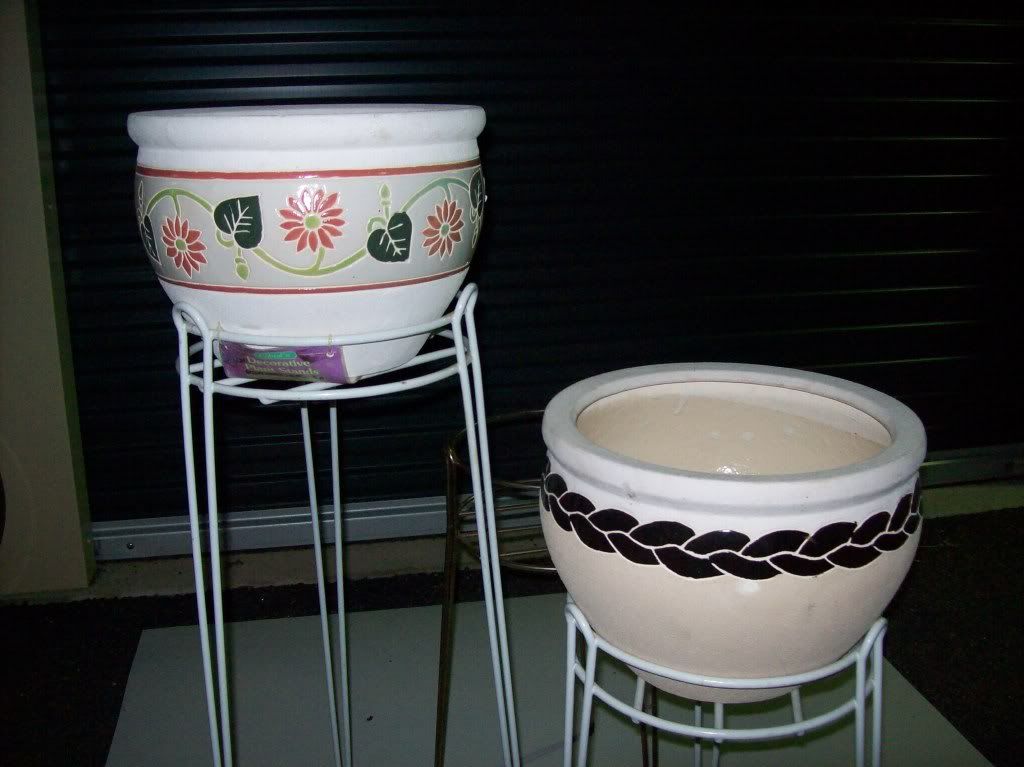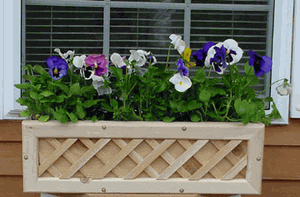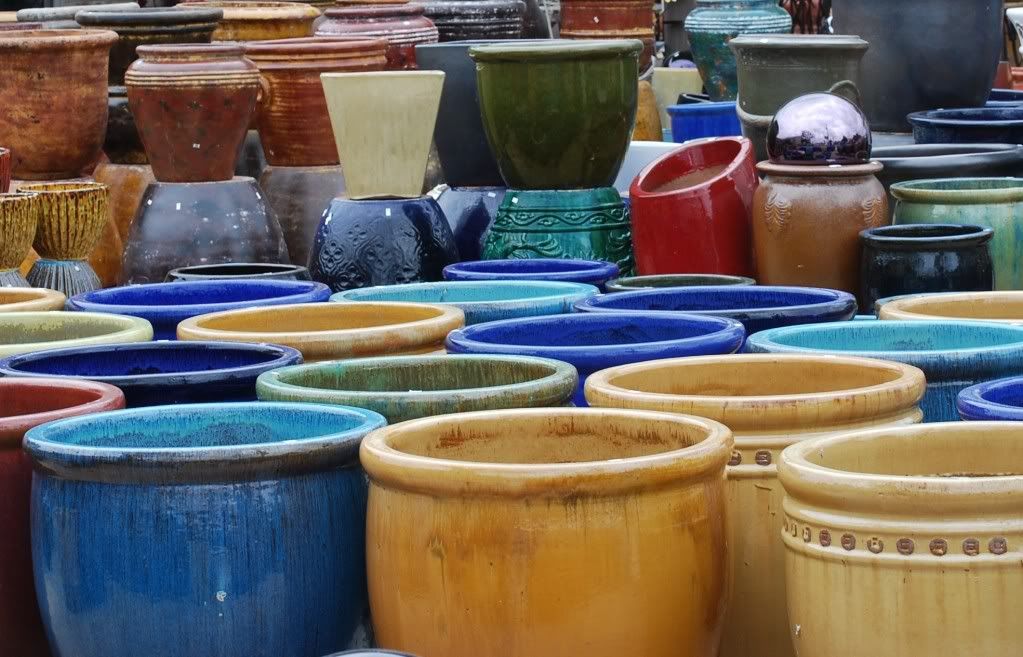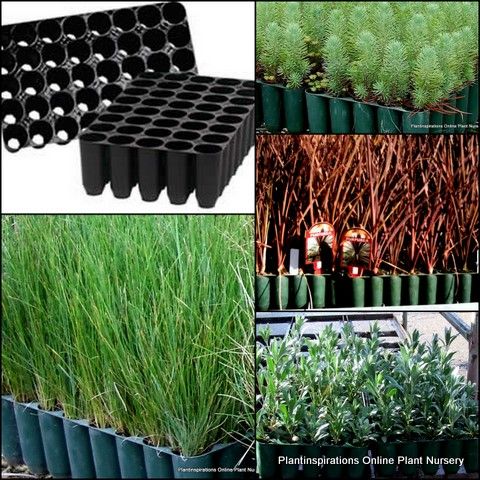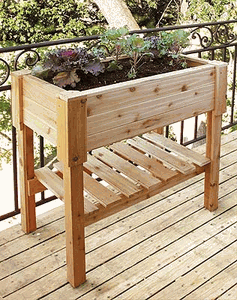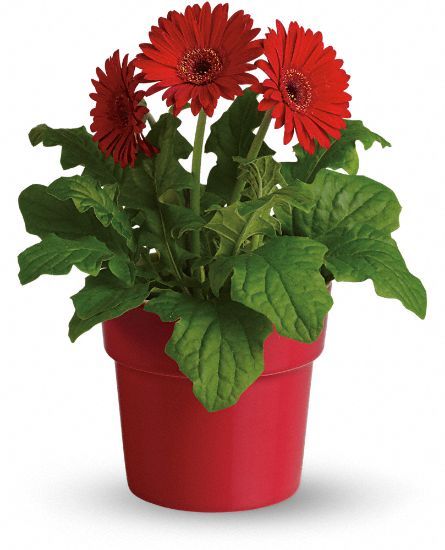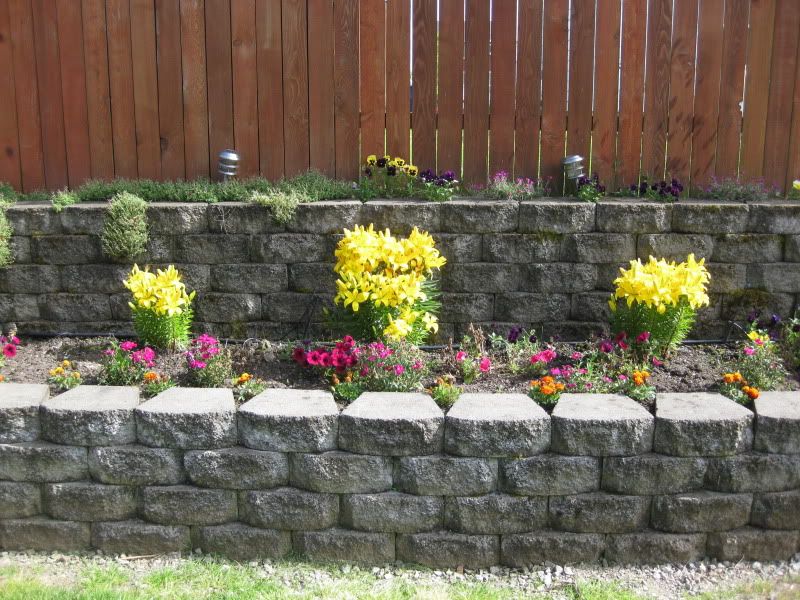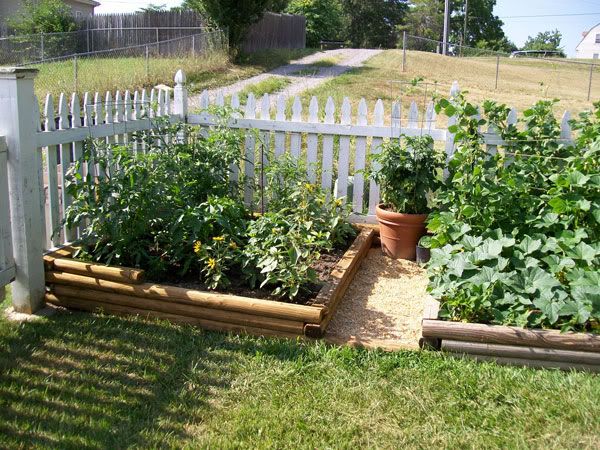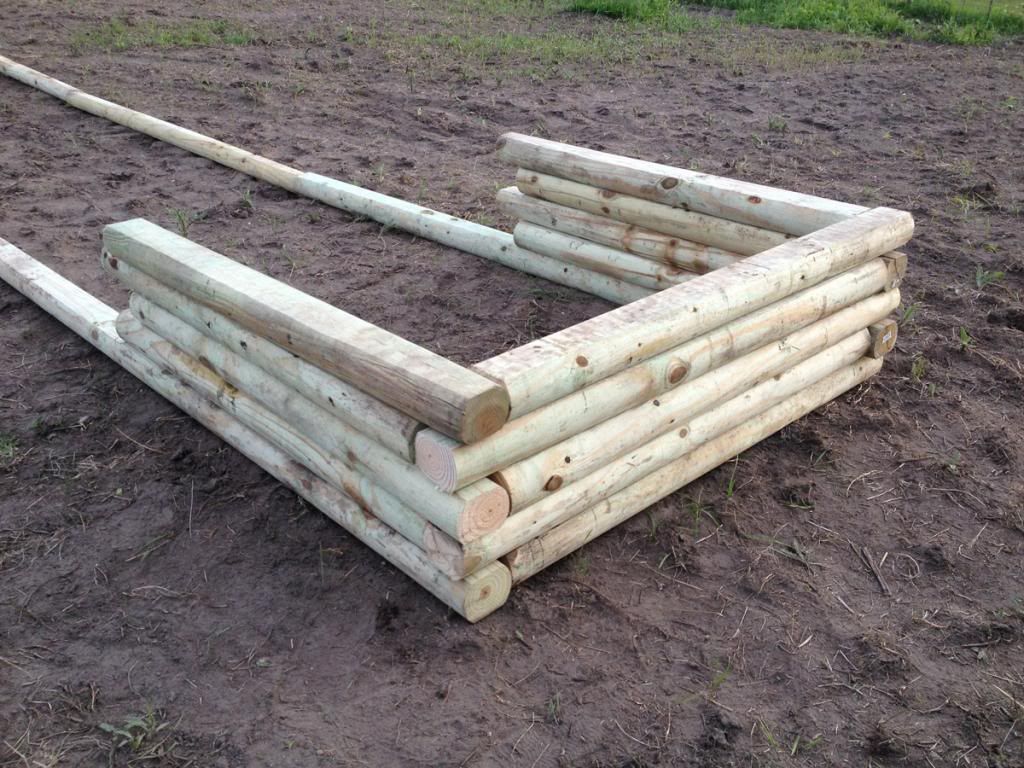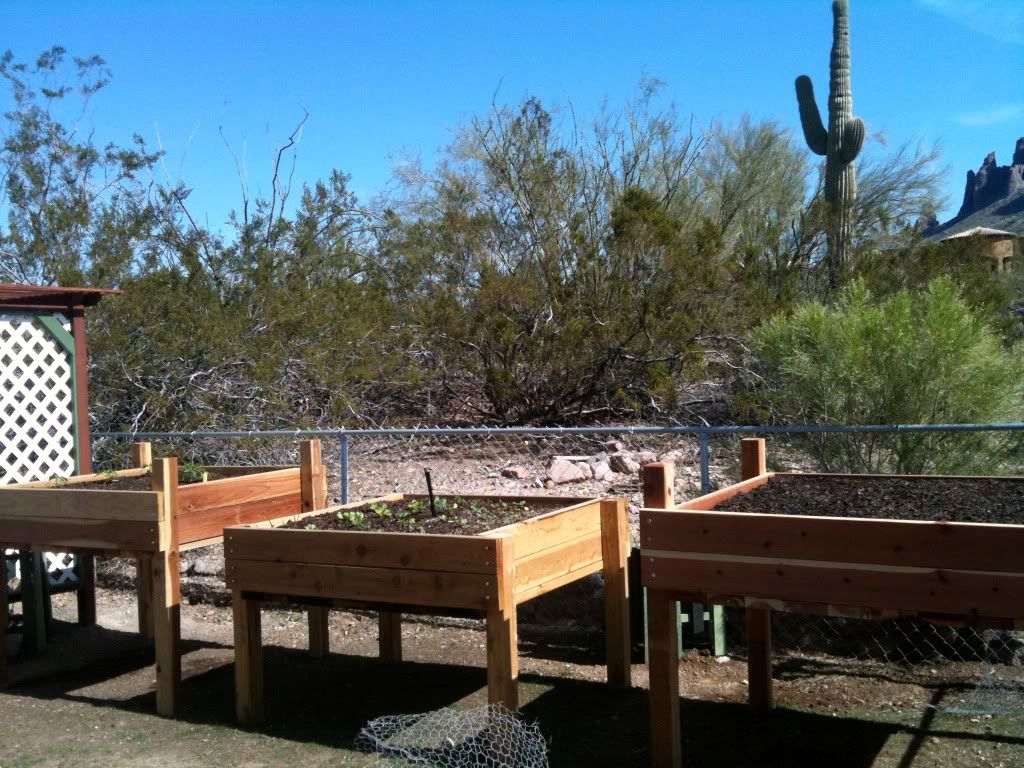If somebody wants to grow their own vegetables and have limited space, vegetables can still be grown in containers. Herbs and vegetables can be grown in containers . Some people who have a big area for their vegetables garden, they also like to use containers. Maybe they have try certain vegetables in their soil and it does not grow good in their soil, but they grow good in their containers. A lot of people like to grow herbs in containers, so they can have them real close to their house.
There are many different kinds of containers that can be use for growing vegetables, fruits, and herbs. Some of the different kinds of containers are plastic, clay, or terra-cotta pots. Window boxes and hanging baskets can be used for the same purpose of growing different types of plants. Plastic containers are light and inexpensive, and they come in any style or shape you will want to use. These plastic containers are very good to use for growing vegetables and fruits.
If a clay or terra-cotta pots is use, it will need to be line with plastic because they will lose moisture rapidly. If you decided not to have the pot permanent fixed somewhere, you will need to make sure you can move the pot because it will be very heavy because of all the soil. If you will be moving the heavy pots, you will probably need to invest in a caddy or another device on wheels, that are used for moving large containers.
Window boxes are good for growing herbs and leafy lettuce crops. Hanging baskets can be use to grow herbs, small bush tomatoes, and also trailing varieties such as strawberries.
The bigger the containers is the better,because a container will be about the size of a bucket which is about a two gallon and twelve inches diameter and this will be fine for most vegetables. If you are planning on growing larger plants like squash, cucumbers, and melons these vegetables will need to have a container twice the size of the containers that I just talk about.
The depth of the container is also important. The depth of the containers should be at least twelve inches deep to allow a good root run and a reservoir of moisture. Deeper pans will retain water but will need more potting mix for this one. Shallow pots will dry out real quick.
The best one to use as far as, potting soil goes is to go and buy your potting soil from a garden center or store. Any stores that sells garden supplies. Using store brought potting soil it will be weed free and free drainage and it will retain moisture and the right nutrients to give your plants a real good one. If you make your own compost you can used it if it is completely decomposed and when you are looking at it the soil needs to look like rich soil. If you are using compost and do not want to start having problems with weeds or diseases, only fill the bottom half with compost and put the store brought potting soil in the top half.
When the end of the season comes, do not throw the contents of your containers away, because you can recycle the contents by putting it in a vegetable patch as much, reusing it again in your containers or adding it to the compost pile if you have one. If you are reusing your containers always fluff it up and fill the container halfway, then filled the containers up with fresh mix.
Because blueberries and currants have to be in their pots for a longer time, always use a soil-based potting mix instead a soils mixes. Blueberries are real easy to grow in containers with the soil they need to grow. Blueberries has to have acidic soil to grow. For a long-term plants, you can start with smaller pots, then move to a large one when the roots fill the small one.
Always have your container in a warm, sheltered place and the soil is kept moist, you can sow all vegetables directly into your containers. For crops that are closely spaced such as lettuce, onions, or greens can be sow, allowing a few spaces. Cover with potting mix and always keep the surface moist. When you thin the seedlings in stages do this where you will have an even distribution of plants.
If you are planning on planting large plants, like cucumbers, eggplant, tomatoes, and peppers are best planted individually. Plant these plants in a large container with at least a 2-gallon volume or 12- inch diameter.
If you are harvesting vegetables you will need to move your containers into a greenhouse, garage, or a well-lit room. The potting soil should last about four weeks. After that vigorous, vegetables will need to be fed regular, so use a general purpose or balanced fertilizer for leaf and root crops and a high-potassium one for fruit-bearing vegetables such as tomatoes, eggplant, and peppers.
Watering is the biggest chore when you are growing vegetables or other edible crops in containers. Mid-morning and late afternoon are the best time to water your plants.
Some of the vegetables that are good to grow in containers are beet, pepper, potato, radish, spinach, and all greens, summer squash, sweet potato, okra, onions, lettuce, turnips, carrots, and scallion. Blueberries, currant and strawberry are the fruits that you can grow in containers.
Grow herbs in containers are a good choice for containers. Grow herbs in a medium size pot.If you are growing herbs for aesthetic reasons, grow several perennial herbs in a large containers.Sold herbs that match with the same growing conditions.
Summary
Using vegetables in different sizes containers is really a great idea especially if you don't have the space to grow a regular size gardens. Different types of herbs can also be planted in containers.

